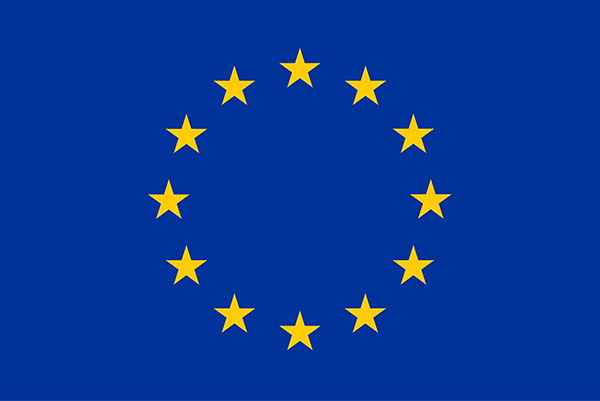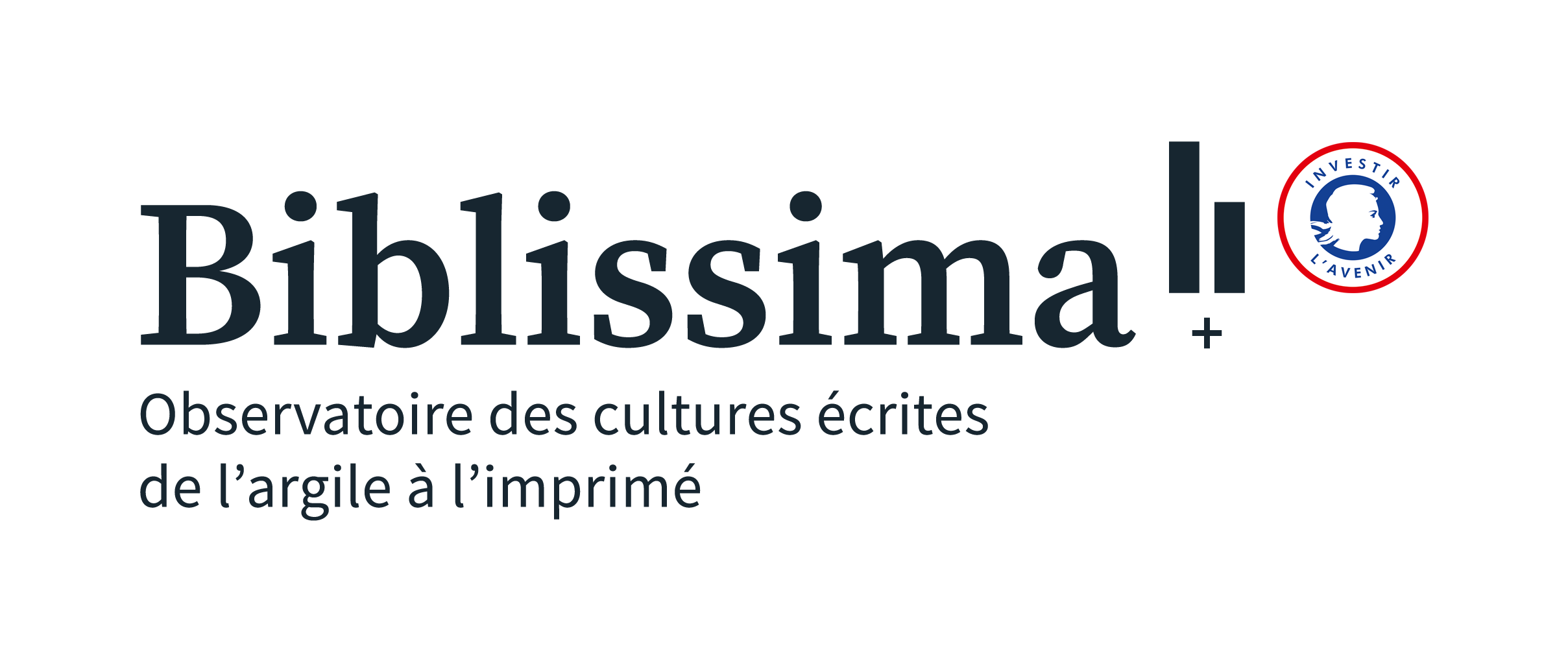kraken¶
kraken is a turn-key OCR system optimized for historical and non-Latin script material.
Features¶
kraken’s main features are:
Fully trainable layout analysis, reading order, and character recognition
Right-to-Left, BiDi, and Top-to-Bottom script support
ALTO, PageXML, abbyyXML, and hOCR output
Word bounding boxes and character cuts
Multi-script recognition support
Public repository of model files
Pull requests and code contributions are always welcome.
Installation¶
Kraken can be run on Linux or Mac OS X (both x64 and ARM). Installation is through the on-board pip utility. To not pollute the global state of your distribution’s package manager it is recommended to use virtual environments. If you do not have a setup or do not wish to handle virtual environments yourself you can use pipx.
$ sudo apt install pipx
$ pipx install kraken
kraken works both on Linux and Mac OS X and with any python interpreter between 3.9 and 3.12. It is possible the installation fails because pipx defaults to an unsupported interpreter version. In that case you need to install a compatible interpreter version such as 3.12 and then specify this version explicitly:
$ sudo apt install python3.12-full
$ pipx install --python python3.12 kraken
Installation using pip¶
Create and activate a separate virtual environment using whatever tool you like.
$ pip install kraken
or by running pip in the git repository:
$ pip install .
If you want direct PDF and multi-image TIFF/JPEG2000 support it is necessary to install the pdf extras package for PyPi:
$ pip install kraken[pdf]
or
$ pip install .[pdf]
respectively.
Development branch installation using pip¶
To install the latest development branch through clone the kraken git repository and perform an editable install:
$ git clone https://github.com/mittagessen/kraken.git
$ cd kraken
$ pip install --editable .
Finding recognition models¶
Finally you’ll have to scrounge up a model to do the actual recognition of characters. To download the default model for printed French (and other language ) text and place it in the kraken directory for the current user:
$ kraken get 10.5281/zenodo.10592716
Processing ━━━━━━━━━━━━━━━━━━━━━━━━━━━━━━━━━━━━━━━━ 0% 0/0 bytes -:--:-- 0:00:00
Model dir: /home/mittagessen/.local/share/htrmopo/d96caf7a-122e-5576-ab2b-a246c4e64221 (model files: catmus-print-fondue-large.mlmodel)
A list of libre models available in the central repository can be retrieved by running:
$ kraken list
┏━━━━━━━━━━━━━━━━━━━━━━━━━━━━━┳━━━━━━━━━━━━━━━━━━━━┳━━━━━━━━━━━━━━┳━━━━━━━━━━━━━━━━━━━┓
┃ DOI ┃ summary ┃ model type ┃ keywords ┃
┡━━━━━━━━━━━━━━━━━━━━━━━━━━━━━╇━━━━━━━━━━━━━━━━━━━━╇━━━━━━━━━━━━━━╇━━━━━━━━━━━━━━━━━━━┩
│ 10.5281/zenodo.7051645 │ │ │ │
│ ├── 10.5281/zenodo.14585602 │ Printed Urdu Base │ recognition │ automatic-text-r… │
│ ├── 10.5281/zenodo.14574660 │ Model Trained on │ recognition │ kraken_pytorch │
│ └── 10.5281/zenodo.7051646 │ the OpenITI Corpus │ recognition │ kraken_pytorch │
│ │ Printed Urdu Base │ │ │
│ │ Model Trained on │ │ │
│ │ the OpenITI Corpus │ │ │
│ │ Printed Urdu Base │ │ │
│ │ Model Trained on │ │ │
│ │ the OpenITI Corpus │ │ │
│ 10.5281/zenodo.10066218 │ │ │ │
│ ├── 10.5281/zenodo.12743230 │ CATMuS Medieval │ recognition │ kraken_pytorch; │
│ └── 10.5281/zenodo.10066219 │ 1.5.0 │ recognition │ handwritten text │
│ │ CATMuS Medieval │ │ recognition; htr; │
│ │ │ │ middle ages │
│ │ │ │ kraken_pytorch; │
│ │ │ │ handwritten text │
│ │ │ │ recognition; htr; │
│ │ │ │ middle ages │
│ 10.5281/zenodo.13788176 │ │ │ │
│ └── 10.5281/zenodo.13788177 │ McCATMuS - │ recognition │ kraken_pytorch; │
│ │ Transcription │ │ HTR; OCR; generic │
│ │ model for │ │ model │
│ │ handwritten, │ │ │
│ │ printed and │ │ │
│ │ typewritten │ │ │
│ │ documents from the │ │ │
│ │ 16th century to │ │ │
│ │ the 21st century │ │ │
│ 10.5281/zenodo.5468572 │ │ │ │
│ └── 10.5281/zenodo.5468573 │ Medieval Hebrew │ recognition │ kraken_pytorch │
│ │ manuscripts in │ │ │
│ │ Italian bookhand │ │ │
│ │ version 1.0 │ │ │
│ 10.5281/zenodo.13741956 │ │ │ │
│ └── 10.5281/zenodo.13741957 │ Model trained on │ recognition │ kraken_pytorch │
│ │ 11th century │ │ │
│ │ manuscripts to │ │ │
│ │ produce │ │ │
│ │ graphematic │ │ │
│ │ transcription │ │ │
│ │ (Latin). │ │ │
│ 10.5281/zenodo.5468477 │ │ │ │
│ └── 10.5281/zenodo.5468478 │ Medieval Hebrew │ recognition │ kraken_pytorch │
│ │ manuscripts in │ │ │
│ │ Ashkenazi bookhand │ │ │
│ 10.5281/zenodo.5617782 │ │ │ │
│ ├── 10.5281/zenodo.6669508 │ Cremma-Medieval │ recognition │ kraken_pytorch │
│ └── 10.5281/zenodo.5617783 │ Old French Model │ recognition │ kraken_pytorch │
│ │ (Litterature) │ │ │
│ │ Cremma-Medieval │ │ │
│ │ Old French Model │ │ │
│ │ (Litterature) │ │ │
...
Model metadata can be extracted using:
$ kraken show 10.5281/zenodo.10592716
CATMuS-Print (Large, 2024-01-30) - Diachronic model for French prints and other
languages
┌──────────────────┬──────────────────────────────────────────────────────────────────┐
│ DOI │ 10.5281/zenodo.10592716 │
│ concept DOI │ 10.5281/zenodo.10592715 │
│ publication date │ 2024-01-31T21:24:10+00:00 │
│ model type │ recognition │
│ script │ Latin │
│ alphabet │ ! " # $ % & ' ( ) * + , - . / 0 1 2 3 4 5 6 7 8 9 : ; < = > ? A │
│ │ B C D E F G H I J K L M N O P Q R S T U V W X Y Z [ \ ] ^ _ a b │
│ │ c d e f g h i j k l m n o p q r s t u v w x y z | } ~ ¡ £ ¥ § « │
│ │ ¬ ° ¶ · » ¿ Æ ß æ đ ł Œ œ ƀ ǝ ɇ Α Β Γ Δ Ε Ζ Θ Ι Κ Λ Μ Ν Ο Π Ρ Σ │
│ │ Τ Υ Φ Χ Ω α β γ δ ε ζ η θ ι κ λ μ ν ξ ο π ρ ς σ τ υ φ χ ω ϛ ח ל │
│ │ ר ᑕ ᗅ ᗞ ᚠ ẞ – — ‘ ’ ‚ “ ” „ ‟ † • ⁄ ⁊ ⁋ ℟ ← ▽ ◊ ★ ☙ ✠ ✺ ✻ ⟦ ⟧ ⬪ │
│ │ ꝑ ꝓ ꝗ ꝙ ꝟ ꝯ ꝵ │
│ │ SPACE, COMBINING GRAVE ACCENT, COMBINING ACUTE ACCENT, COMBINING │
│ │ CIRCUMFLEX ACCENT, COMBINING TILDE, COMBINING MACRON, COMBINING │
│ │ DOT ABOVE, COMBINING DIAERESIS, COMBINING RING ABOVE, COMBINING │
│ │ COMMA ABOVE, COMBINING REVERSED COMMA ABOVE, COMBINING CEDILLA, │
│ │ COMBINING OGONEK, COMBINING GREEK PERISPOMENI, COMBINING GREEK │
│ │ YPOGEGRAMMENI, COMBINING LATIN SMALL LETTER I, COMBINING LATIN │
│ │ SMALL LETTER U, 0xe682, 0xe68b, 0xe8bf, 0xf1a7 │
│ keywords │ kraken_pytorch │
│ │ optical text recognition │
│ metrics │ cer: 1.44 │
│ license │ CC-BY-4.0 │
│ creators │ Gabay, Simon (https://orcid.org/0000-0001-9094-4475) (University │
│ │ of Geneva) │
│ │ Clérice, Thibault (https://orcid.org/0000-0003-1852-9204) │
│ │ (Institut national de recherche en informatique et en │
│ │ automatique) │
│ │ Simon Gabay (Université de Genève) │
│ description │ Training data come from different projects, dealing with │
│ │ different languages (French, Spanish, German, English, Corsican, │
│ │ Catalan, Latin…) and different centuries (from the first prints │
│ │ of the 16th c. to digital documents of the 21st century). │
│ │ Transcriptions follow graphematic principles and try to be as │
│ │ compatible as possible with guidelines previously published for │
│ │ French: no ligature (except those that still exist), no │
│ │ allographetic variants (except the long s), and preservation of │
│ │ the historical use of some letters (u/v, i/j). Inconsistencies │
│ │ might be present, because transcriptions have been done over │
│ │ several years and the norms have slightly evolved. │
└──────────────────┴──────────────────────────────────────────────────────────────────┘
Quickstart¶
The structure of an OCR software consists of multiple steps, primarily preprocessing, segmentation, and recognition, each of which takes the output of the previous step and sometimes additional files such as models and templates that define how a particular transformation is to be performed.
In kraken these are separated into different subcommands that can be chained or ran separately:
Recognizing text on an image using the default parameters including the prerequisite step of page segmentation:
$ kraken -i image.tif image.txt segment -bl ocr -m catmus-print-fondue-large.mlmodel
Loading ANN /home/mittagessen/git/kraken/kraken/blla.mlmodel ✓
Loading ANN catmus-print-fondue-large.mlmodel ✓
Segmenting image.tif ✓
Processing ━━━━━━━━━━━━━━━━━━━━━━━━━━━━━━━━━━━━━━━━ 100% 65/65 0:00:00 0:00:06
Writing recognition results for image.tif ✓
To segment an image into reading-order sorted baselines and regions serialized into an ALTO document:
$ kraken -a -i image.tif segmentation.xml segment -bl
Loading ANN /home/mittagessen/git/kraken/kraken/blla.mlmodel ✓
Segmenting image.tif ✓
To OCR an image using the previously downloaded model and output a plain text file:
$ kraken -i image.tif image.txt segment -bl ocr -m catmus-print-fondue-large.mlmodel
Loading ANN /home/mittagessen/git/kraken/kraken/blla.mlmodel ✓
Loading ANN catmus-print-fondue-large.mlmodel ✓
Segmenting image.tif ✓
Processing ━━━━━━━━━━━━━━━━━━━━━━━━━━━━━━━━━━━━━━━━ 100% 65/65 0:00:00 0:00:06
Writing recognition results for image.tif ✓
To OCR an image using the default model and serialize the output using the ALTO template:
$ kraken -a -i image.tif image.txt segment -bl ocr -m catmus-print-fondue-large.mlmodel
Loading ANN /home/mittagessen/git/kraken/kraken/blla.mlmodel ✓
Loading ANN catmus-print-fondue-large.mlmodel ✓
Segmenting image.tif ✓
Processing ━━━━━━━━━━━━━━━━━━━━━━━━━━━━━━━━━━━━━━━━ 100% 65/65 0:00:00 0:00:06
Writing recognition results for image.tif ✓
All commands and their parameters are documented, just add the standard
--help flag for further information.
Training tutorial¶
There is a training tutorial at Training Tutorial.
License¶
Kraken is provided under the terms and conditions of the Apache 2.0
License.
Funding¶
kraken is developed at Inria and the École Pratique des Hautes Études, Université PSL.
This project was partially funded through the RESILIENCE project, funded from the European Union’s Horizon 2020 Framework Programme for Research and Innovation.



